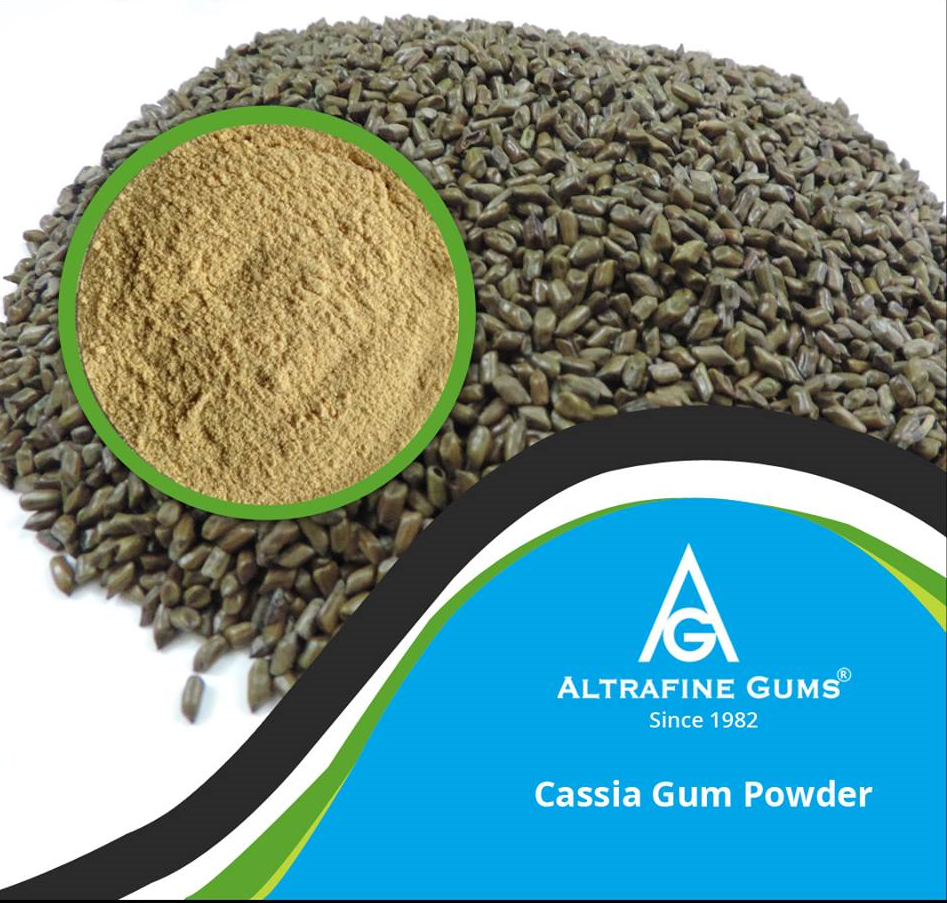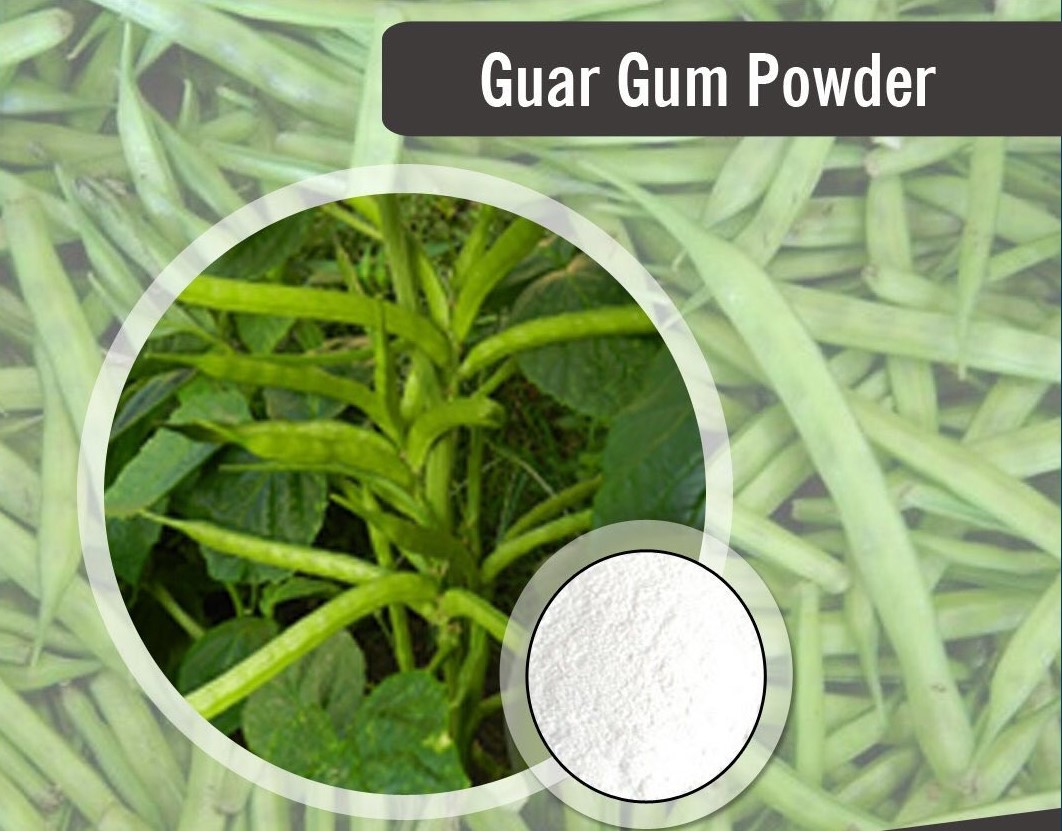Cassia gum powder is extracted from the endosperms of the seeds of Senna obtusifolia and Senna Tora. They are also known as Cassia obtusifolia & Cassia tora respectively. Cassia gum comprises at least 75% polysaccharide with the mainly composed of galactomannan. It has a mannose: galactose ratio of 5:1 that results in a higher molecular mass.
The colour of cassia gum powder is off-white and odorless in nature. Its structure imparts it several properties that make it suitable for application in numerous industries. The cassia tora plant also consists of around 1-2% cassia oil that imparts a spicy aroma and improves the food taste.
Properties of Cassia Powder
Cassia powder comprises of 75% polysaccharides by weight. This makes it highly soluble in hot water to form a full stable viscous gel. It thus finds application in industries to be used as emulsifiers, thickeners, and stabilizer additives. Cassia gum powder is used extensively preferred for use in the food industry. It is used as an additive for human feed as well as pet and cattle feed products. The cassia seedling constitutes of resins, sugars, tannins, gums, mucilage, oils, and cinnamaldehyde that makes the cassia powder a very natural choice for its use as food additives. Additionally, it is also used as pesticides, since it is a natural ingredient. The cassis powder, therefore, is used as an additive in pet food and cattle feed products as well as the powder does not cause any toxic effects on the animals. It is considered safe to be used for both animal feed and human food thickening.
Cassia powder is the most preferred natural ingredient in the food industry. It is used as a thickener, foam stabilizer, and water retention agent for making different beverages. It is also used as a food additive in making cheese, frozen dairy desserts, meats, and poultry products. The seeds of cassia have several health benefits in them. For long, cassia gum powder has been preferred for ayurvedic applications for the treatment of several diseases. Cassia seed along with haw, pollen, honey, and jasmine are utilized in preparing the healthy beverage. It helps in lowering the blood fat & blood pressure and exhibits curing effect for diseases, like photophobia, constipation, cerebral vascular sclerosis, neurasthenia, gastroenteritis disorder, climacteric syndromes, prostatitis, etc.
Additionally, the bark of cassia induces hot taste and is thus preferred in winters to make the body warm. Cassia tora tea is prepared from the cassia seeds and is in high demand in Korea. A health drink made from cassia seed holds great medical importance in China. The preparation of this drink involves a series of procedures, like impurity removing, toasting, peeling, and powdering. It is made sure that the concentration of the main component of this drink, i.e. Cassia seed, is kept high in order to have a greater utilization ratio. This drink can be considered for long-term consumption and has no side effect.
The Bottom Line:
The structure of cassia gum powder imparts it several benefits that make it suitable for various industrial applications. Cassia gum has several health benefits and is used in the preparation of beverages that have great nutritional advantages. The fact that the cassia powder is a great thickening, foam stabilizing and water retention agent highlights its importance as an ingredient in the preparation of numerous beverages.



